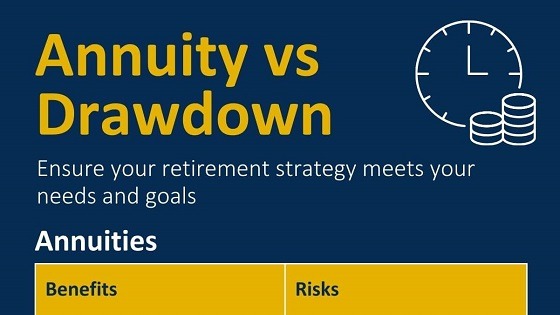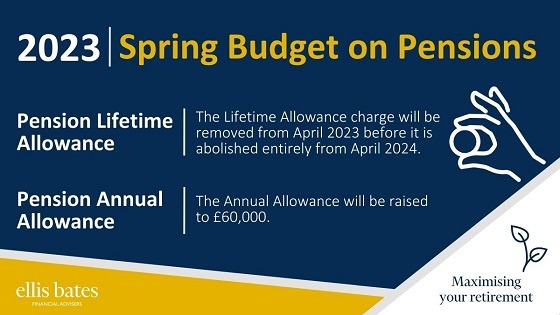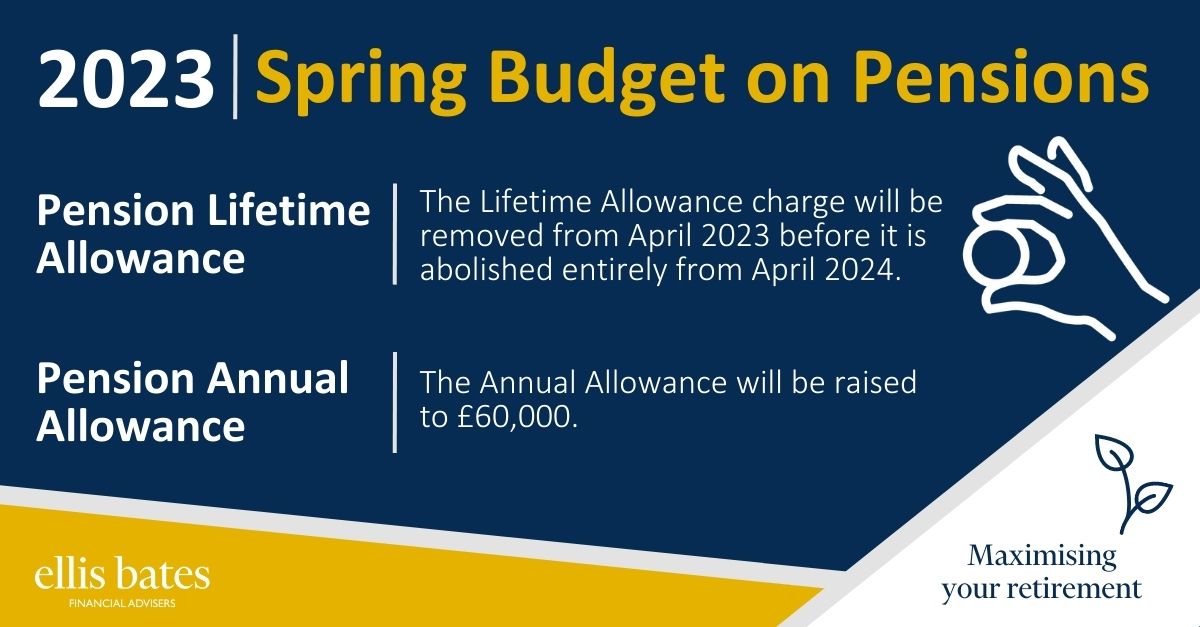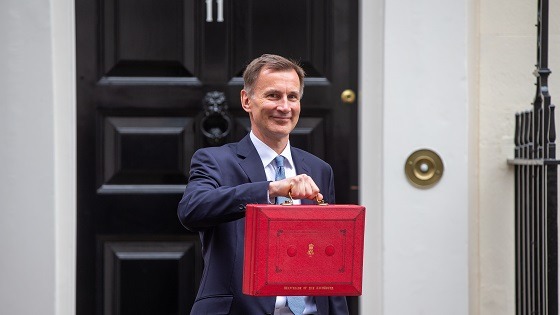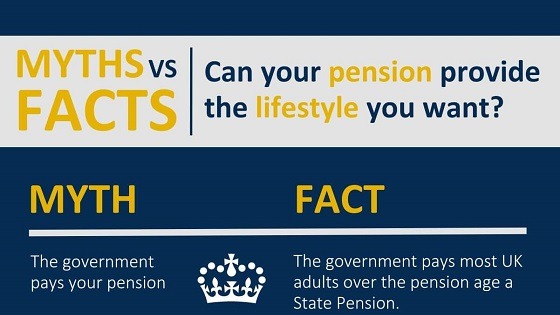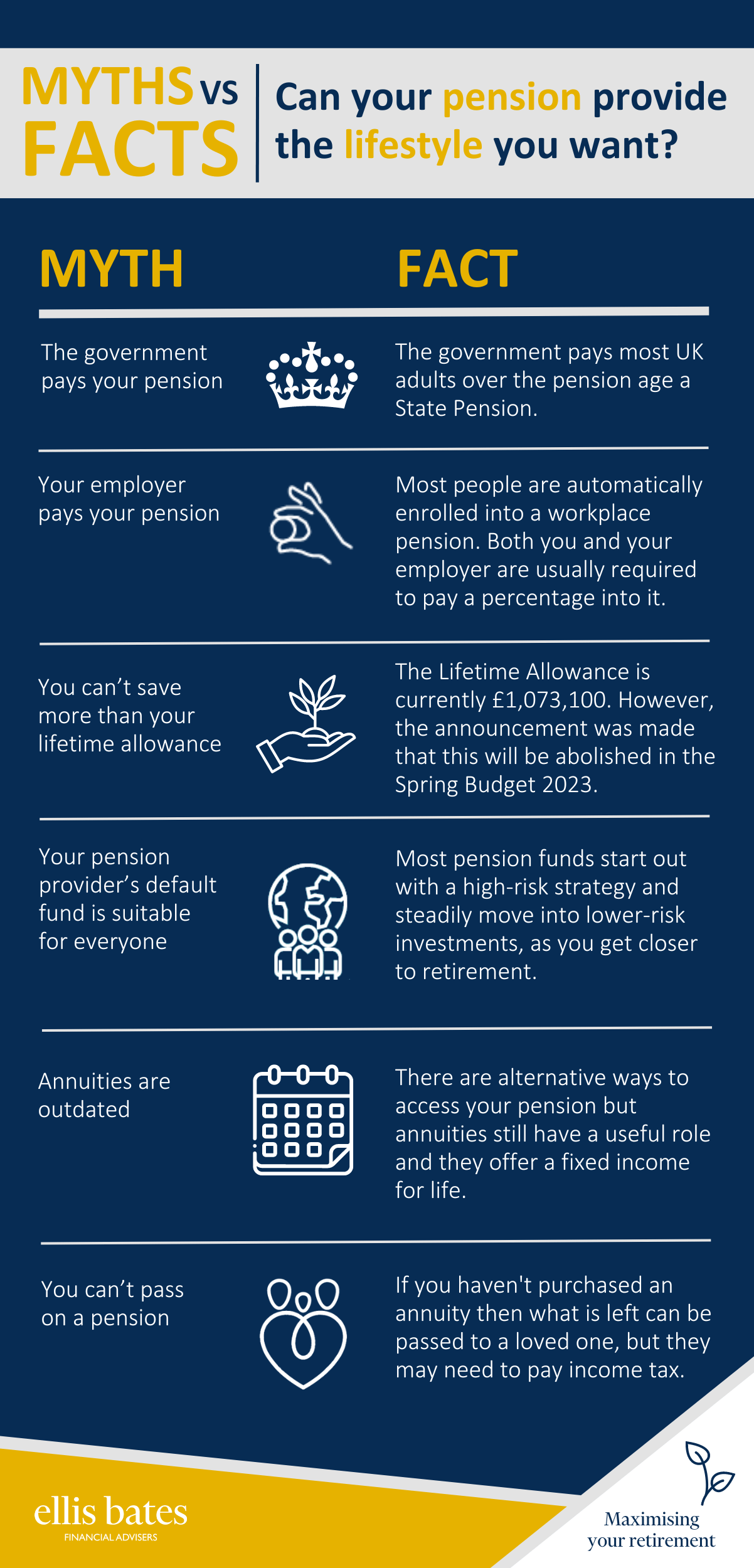Annuity vs Drawdown
https://www.ellisbates.com/wp-content/uploads/2023/05/H2-Annuity-vs-Drawdown-Infographic-holder.jpg 560 315 Jess Easby Jess Easby https://secure.gravatar.com/avatar/0e2a278e0eef1defdd7ee9d0ae7bb398?s=96&d=mm&r=g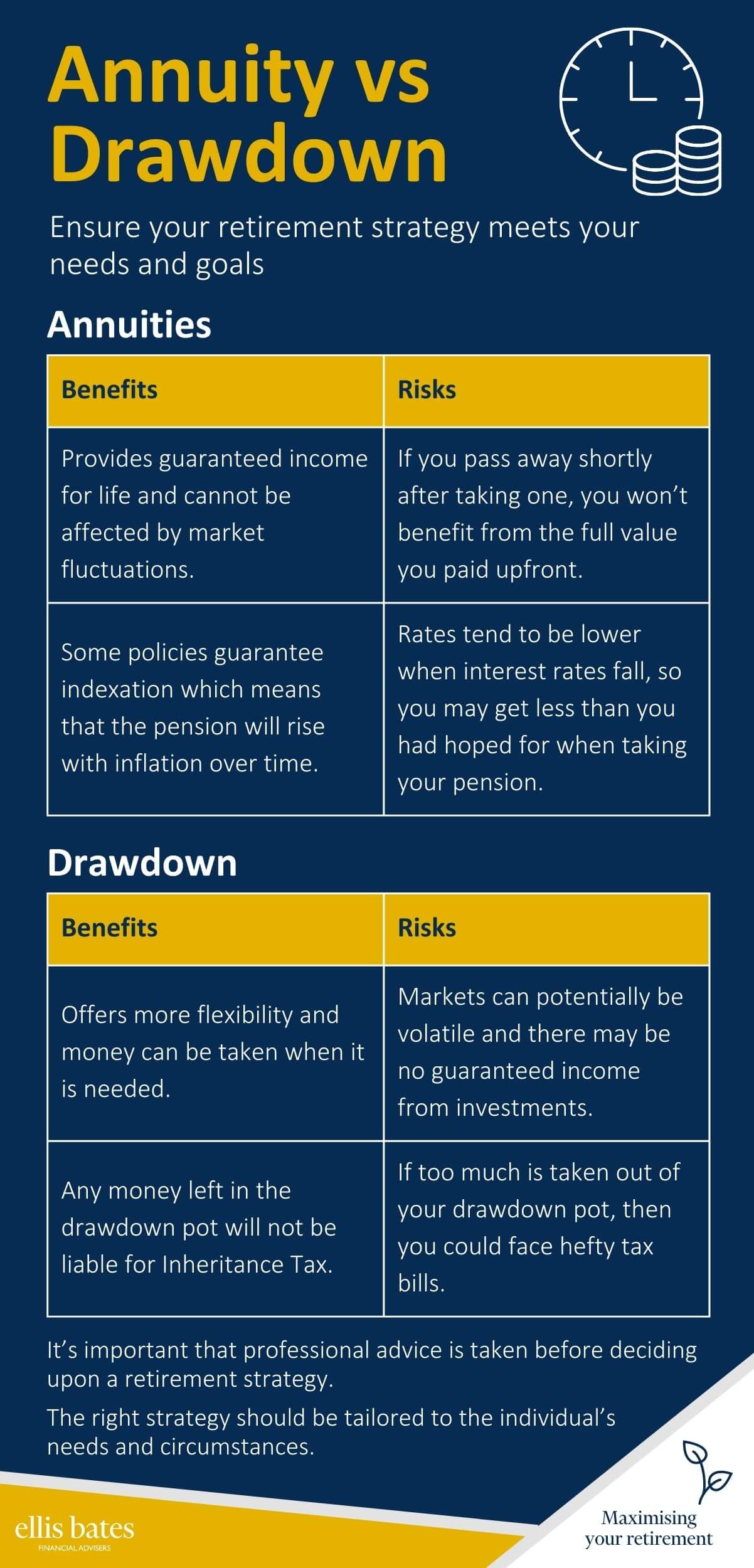
Ensure your retirement strategy meets your needs and goals
Pension annuities
| Benefits | Risks |
| Provides guaranteed income for life and cannot be affected by market fluctuations. | If you pass away shortly after taking one, you won’t benefit from the full value you paid upfront. |
| Some policies guarantee indexation meaning the pension will rise with inflation over time. | Rates tend to be lower when interest rates fall, so you may get less than you had hoped for when taking your pension. |
Pension Drawdown
| Benefits | Risks |
| Offers more flexibility and money can be taken when it is needed. | Markets can potentially be volatile and there may be no guaranteed income from investments. |
| Any money left in the drawdown pot will not be liable for Inheritance Tax. | If too much is taken out of your drawdown pot, then you could face hefty tax bills. |
Retirement planning services
It’s important that professional advice is taken before deciding upon a retirement strategy. The right strategy should be tailored to the individual’s needs and circumstances.

